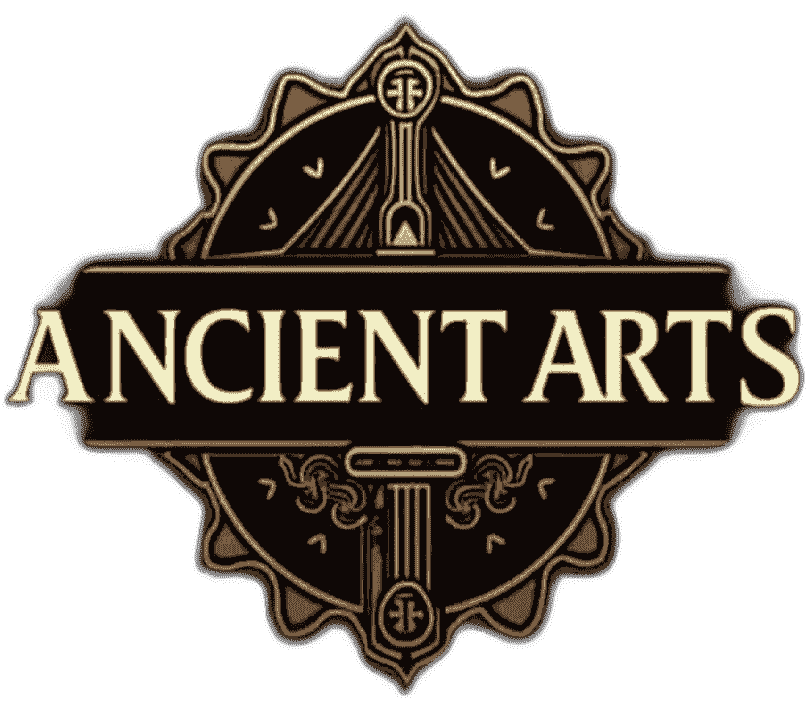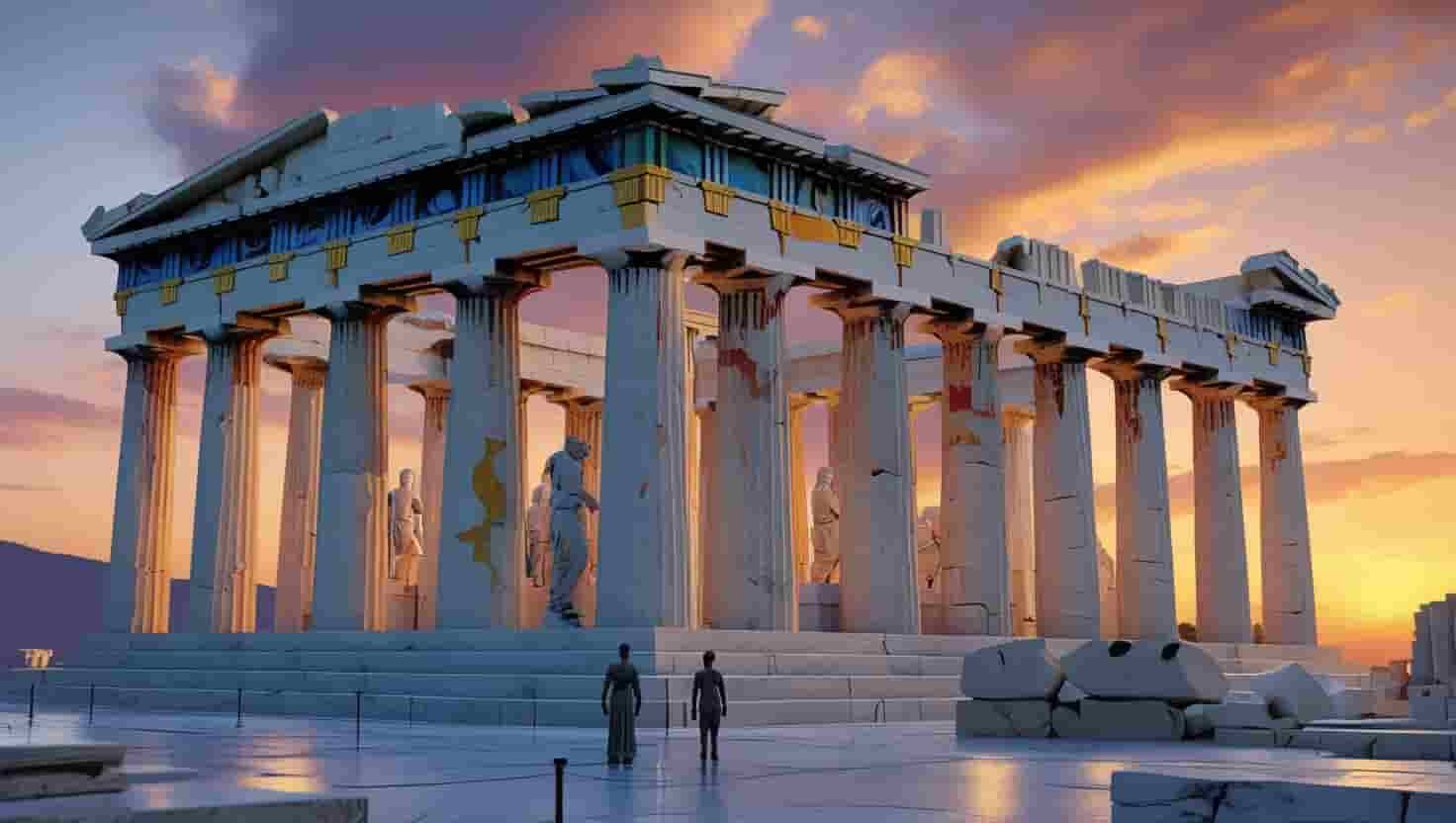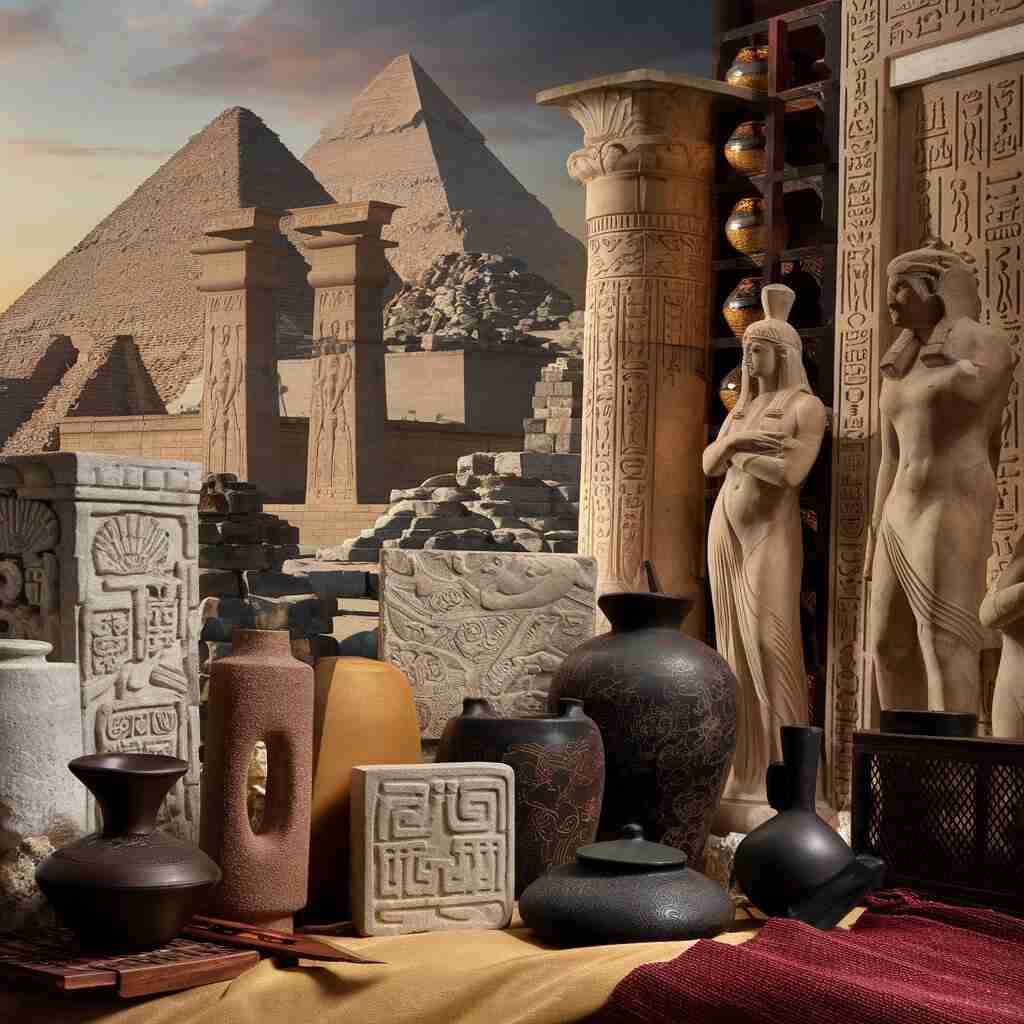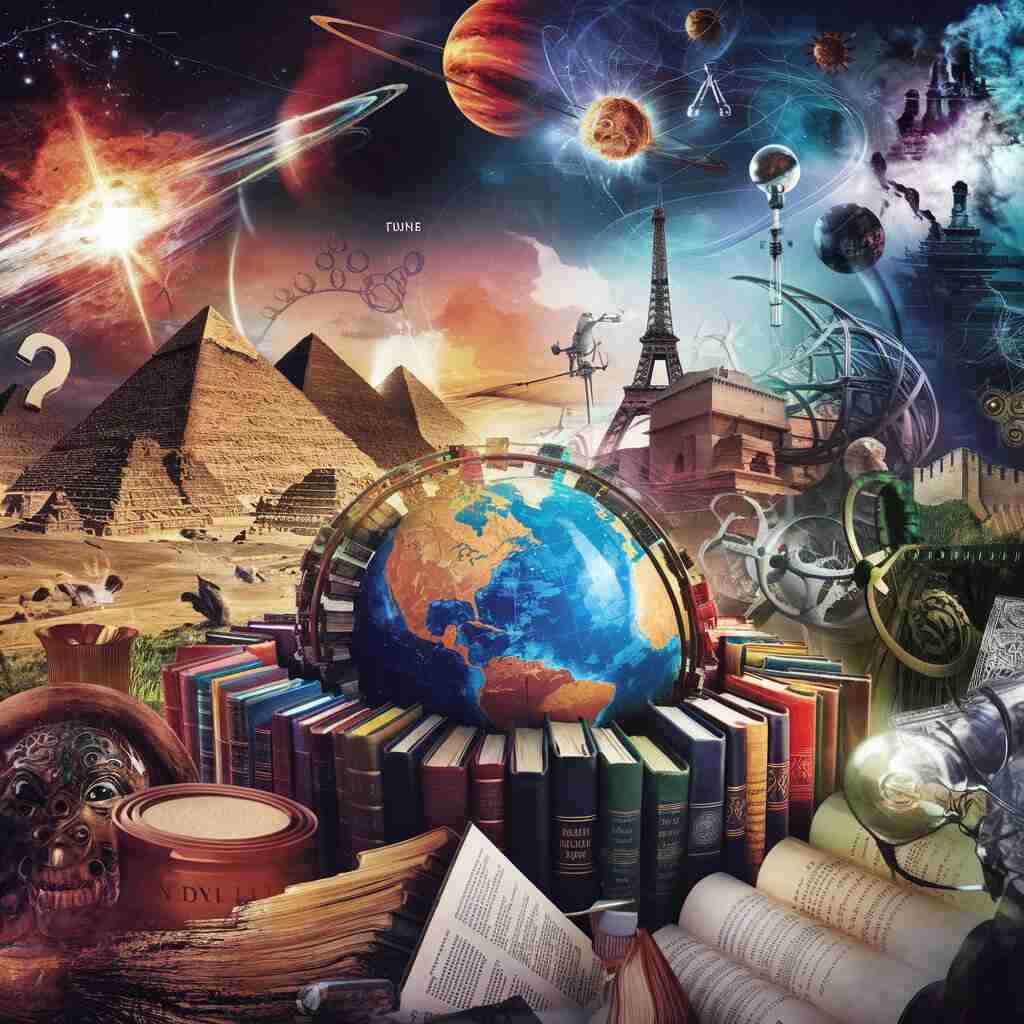
Ancient Artz
Ancient Art
Introduction to Ancient Artz
The lives, beliefs, and aspirations of longgone civilizations are revealed through ancient artz, which is more than just exquisite pieces made of stone, paint, or metal. Ancient Artz has influenced the world as we know it, from the elaborate Egyptian carvings to the vibrant Mayan murals. However, what precisely is so intriguing about this art? What tales do these historic works of art tell, and how have they impacted the creative landscape of today? We’ll go deeply into the artifacts left by some of the most significant societies in history as we examine Ancient Artz’s rich and varied past in this post.
Category
Fact/Figure
Earliest Known Artwork
Cave paintings from Chauvet Cave in France, dated around 30,000 BCE.
Oldest Sculpture
The Venus of Willendorf, a limestone figurine from 25,000 BCE, found in Austria.
Ancient Egyptian Art
Egyptian art flourished around 3,000 BCE with the rise of the Old Kingdom.
Number of Terracotta Warriors
Approximately 8,000 life-sized warriors discovered in the tomb of Emperor Qin Shi Huang (China).
Greek Sculptures
Classical Greek sculptures emerged during the 5th century BCE, focusing on ideal human form.
Roman Mosaics
Mosaics became popular in Rome during the 2nd century BCE, with intricate designs in homes and public spaces.
Mesopotamian Ziggurats
The Ziggurat of Ur, built around 2100 BCE, stands at 70 feet (21 meters) tall.
Mayan Art
Mayan murals were created around 1000 BCE in Mexico and Guatemala, depicting gods and celestial events.
Indus Valley Civilization Art
The Indus Valley, active from 3300–1300 BCE, produced detailed pottery and bronze figurines.
African Rock Art
Saharan rock art is estimated to be around 8,000 years old, found in regions like Algeria.
Hieroglyphics
Ancient Egyptian hieroglyphics date back to 3,200 BCE and contain over 700 symbols.
Olmec Colossal Heads
The Olmec heads, weighing up to 50 tons, were carved between 1200 and 400 BCE.
Stonehenge
Built in 2500 BCE in England, Stonehenge features large stones weighing up to 25 tons each.
African Wooden Sculptures
African wooden art flourished between 500 BCE and 1000 CE, with sculptures used in spiritual rituals.
Roman Public Art
Rome’s Colosseum, completed in 80 CE, featured sculptures and art to honor emperors and deities.
How Ancient Artz Got Started
Petroglyphics and Cave Paintings
Tens of thousands of years ago, in caves across Europe, Africa, and Asia, the earliest indications of human ingenuity appeared. Early people created some of the first known artworks by painting simple symbols, animals, and hunting scenes on rocks. These cave paintings functioned as a link to the spiritual world as well as a documentation of everyday life.
Rock engravings, or petrglyphs, were also widespread. They frequently showed human beings performing ceremonial actions or geometric patterns, indicating that early art was entwined with both spirituality and survival.
The Significance of Early Art
Ancient art’s earliest manifestations were deeply symbolic and more than just beautiful. The animals that are portrayed in caves may stand for spiritual direction, fertility, or hunting success. Art was a vital means of connection and survival for early people, who also used these pictures to communicate with one another or possibly even with the divine.
The Origin of Civilization
Some of the earliest organized societies were in Mesopotamia, known as the “Cradle of Civilization.” People created artwork to honor their kings, gods, and the mysteries of life. Their art was both beautiful and useful.
Mesopotamian Temples and Sculptures
Mesopotamian art flourished thanks to intricate stone carvings and statues of monarchs and gods. Ziggurats, or temples, were decorated with magnificent reliefs that showed kings performing heavenly rites and events from mythology. In addition to being aesthetically pleasing, these sculptures served to validate the authority of individuals in positions of authority.
Hieroglyphics: Writing as Art
It would be impossible to talk about Ancient Artz without mentioning hieroglyphics. Combining art with their writing system allowed the Egyptians to achieve unprecedented heights. Intricate symbols that represented gods, animals, and life in Egypt were used in hieroglyphics instead of merely letters or words. Their language became an art form in and of itself, with each stroke telling a tale.
The Pharaohs’ Function in Art
As divine rulers, pharaohs were instrumental in the formation of Egyptian art. They were honored with jewelry, statues, and murals, and art was frequently used to reaffirm their divine status.
The Afterlife and Tomb Art
The tombs of Egyptian kings and queens include what is arguably the most well-known example of Egyptian art. Paintings and objects intended to help the deceased transition into the afterlife were found within these graves. Every line and color had mystical significance for Egyptian artisans, who felt that their creations had the ability to shield souls.
Greek classical sculptures
The Greeks were famous for their amazing sculpting skills. They created detailed and lifelike statues that showed the beauty and movement of the human body. Their sculptures are still admired today for their realism and craftsmanship. In addition to their technical mastery, their lifelike statues of philosophers, athletes, and gods revealed their concern with perfection. The goal of classical Greek art was to depict the ideal human body, and their sculptures continue to have an impact on artists today.
Conclusion
The Significance of Ancient Artz in the Present
Ancient Artz is a monument to the inventiveness and tenacity of human civilization, not only a study of the past. These artistic creations offer timeless insights on the universal human experience while illuminating the intricate relationships between religion, culture, and identity. Ancient art, from the magnificent pyramids of Egypt to the elaborate ceramics of Greece, never fails to enthrall us and have an impact on our world in significant ways.
We learn more about the lives of our predecessors and develop a deeper understanding of the timeless value of human expression when we study Ancient Artz.
Explore stunning ancient art inspired by legendary celebrities! From historical figures to modern icons reimagined in classical styles, discover unique artistic tributes that blend the past and present.
Fashion is a dynamic and expressive form of self-presentation that combines clothing, accessories, and beauty trends. It reflects individual style, cultural influences, and social statements. Fashion evolves with time, influenced by designers, celebrities, and the global climate, often creating a dialogue between personal identity and societal norms. It serves as a way for people to communicate without words, showcasing creativity and attitude.
Ancient art includes visual expressions of early civilizations, such as cave paintings, sculptures, pottery, and architecture. It often serves religious, cultural and social purposes, reflecting beliefs and everyday life. From the grand structures of Egypt to the pottery of China, ancient art shows the evolution of creativity and techniques, offering insight into the values and intelligence of early societies.
These museums showcase world treasures: the Louvre’s Mona Lisa, the British Museum’s mummies and Rosetta Stone, the Met’s art from ancient to modern times, MoMA’s Starry Night, the Vatican’s Sistine Chapel, the Hermitage’s stunning collections, Florence’s Uffizi with Renaissance masters, Amsterdam’s Rembrandt, Madrid’s Goya, and Mexico’s Mesoamerican cultures
The Seven Wonders of the World are famous landmarks . These include the Great Wall of China. Petra an ancient city carved into the rosered rock. Colosseum in Rome A symbol of ancient Roman engineering and entertainment. The Pyramids of Giza a testament to Egypt ancient power and precision Christ the Redeemer a famous statue overlooking Rio de Janeiro Machu Picchu a lost Inca city in the Andes
General knowledge refers to a broad understanding of various topics across multiple fields such as history science geography culture literature and current events. It involves the accumulation of facts concepts and insights that help individuals navigate the world make informed decisions and engage in conversations. General knowledge is essential for personal growth critical thinking and connecting ideas across disciplines.
A blog article is a written piece shared online to inform, engage, or entertain readers. It covers diverse topics, offering insights, tips, or opinions, often enhanced with visuals and interactive elements to connect with a target audience.












